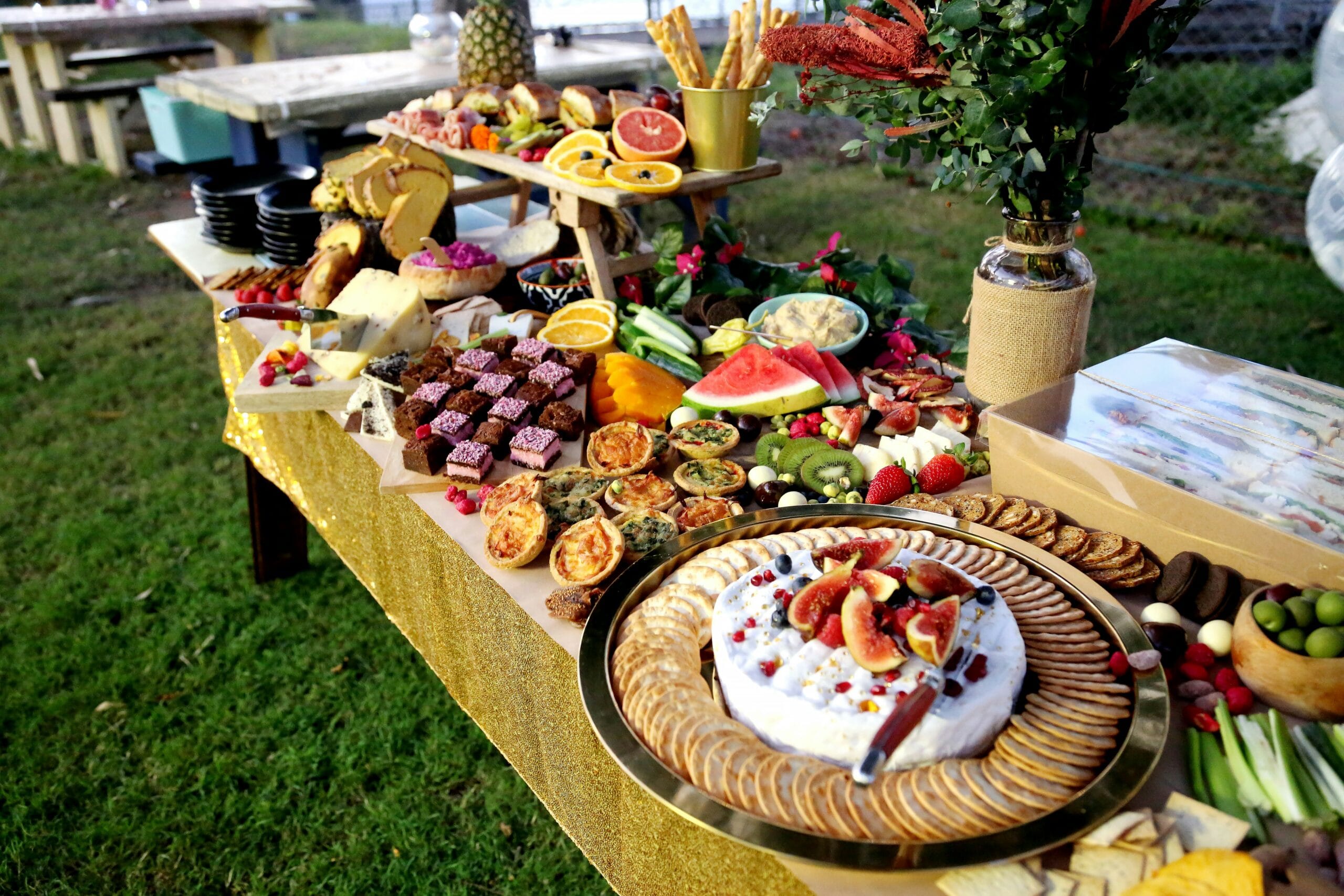Imagine standing on the edge of the world, where emerald cliffs dive into the North Atlantic and ancient traditions flourish in one of Europe's most remote archipelagos. The Faroe Islands, an 18-island nation suspended between Iceland and Norway, captivates visitors with its dramatic landscapes, rich cultural heritage, and perhaps most intriguingly, its unique culinary traditions that have evolved over centuries of isolation.
Traditional Faroese food tells a story of survival, ingenuity, and deep connection to the land and sea. In this harsh yet beautiful environment, where Arctic winds shape the landscape and the ocean provides both sustenance and challenge, the Faroese people have developed a cuisine that transforms simple, local ingredients into extraordinary flavors. From wind-dried mutton hanging in traditional hjallur drying sheds to fermented fish that has sustained generations, Faroese cuisine reflects the resourcefulness born from necessity and perfected through tradition.
For those planning their journey to these remote islands, understanding how to get to Faroe Islands and securing flights to Faroe Islands opens the door to experiencing these authentic flavors firsthand. Whether you're a culinary adventurer seeking new tastes or a cultural enthusiast wanting to understand the Faroese way of life, this comprehensive guide will take you through the fascinating world of traditional Faroese food, from its core ingredients and preservation methods to where you can experience these unique dishes today.
Note: This guide is brought to you by Summer Affi, your trusted resource for travel planning and authentic culinary experiences. We may earn a commission through our recommended booking services.
The Core of Faroese Cuisine: Ingredients and Ingenious Preservation
The foundation of Faroese cuisine rests on three pillars: ingenuity, preservation, and an intimate relationship with the natural environment. In a landscape where fresh vegetables are scarce and the growing season is brief, the Faroese have mastered the art of food preservation, transforming necessity into culinary artistry.
Mutton of the Faroe Sheep: Skerpikjøt and Ræst Kjøt
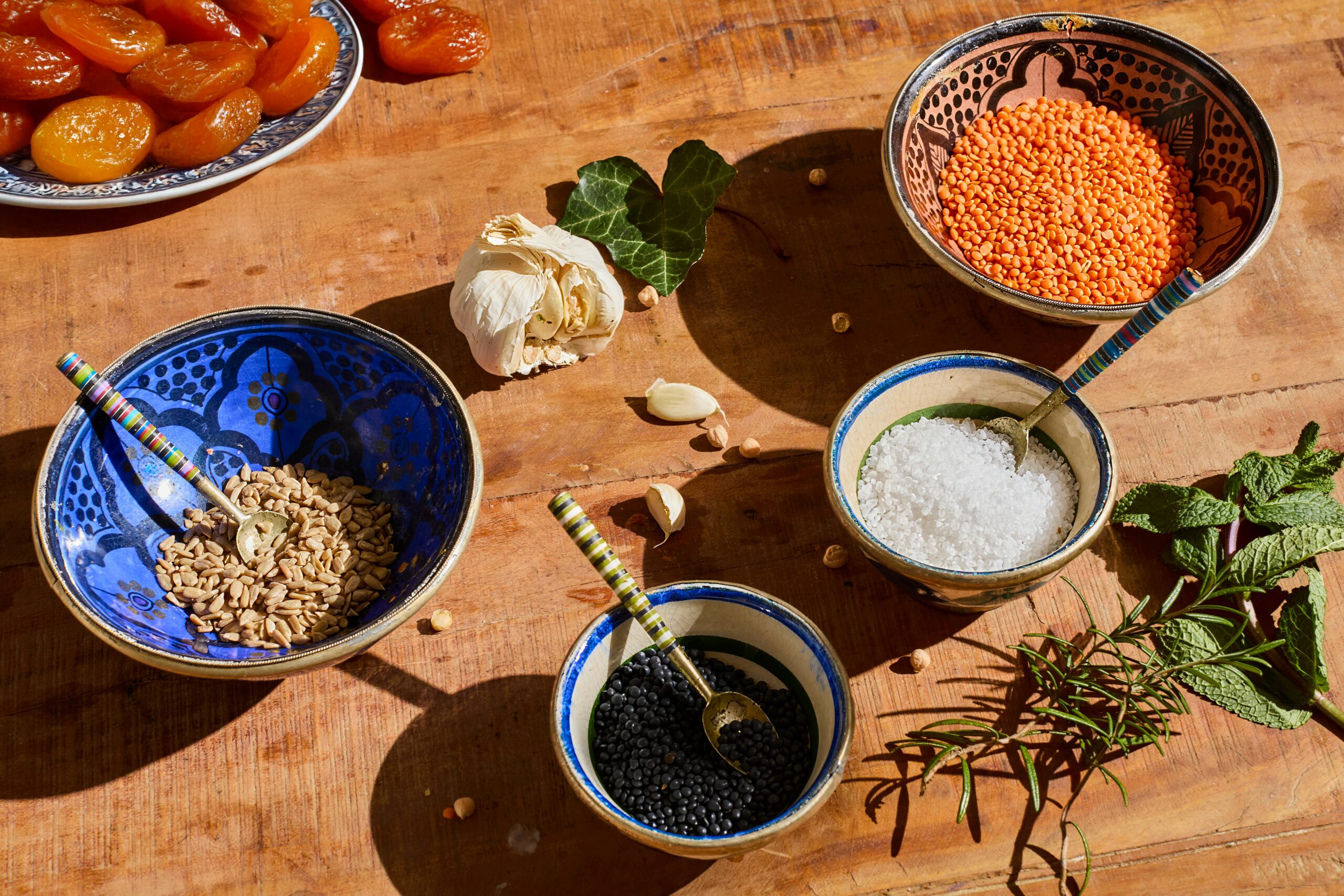
The hardy Faroe sheep, with their distinctive multi-colored fleeces, are perfectly adapted to the islands' challenging climate. These resilient animals graze freely on the mountainous terrain, feeding on wild herbs and grasses that impart a unique flavor to their meat. The sheep are central to Faroese cuisine, providing not just sustenance but also connecting the people to their agricultural heritage.
Skerpikjøt represents perhaps the most iconic of all traditional Faroese foods. This wind-dried mutton undergoes a remarkable transformation in the hjallur, traditional drying sheds that dot the Faroese landscape. The hjallur, with its distinctive wooden slat construction, allows the constant Atlantic winds to naturally cure the meat over several months. The result is a dark, chewy delicacy with an intense, concentrated flavor that reflects the harsh beauty of the islands themselves.
The preparation of skerpikjøt is an art form passed down through generations. The meat is carefully hung in the hjallur during the autumn months, where the combination of wind, temperature, and humidity creates perfect conditions for preservation. As the meat dries, it develops a distinctive texture and deep, complex flavor that is both earthy and slightly sweet.
Ræst Kjøt offers a different experience entirely. This semi-dried, fermented mutton is aged for a shorter period than skerpikjøt, resulting in a softer texture and a more pronounced fermented flavor. The fermentation process, carefully controlled by the Faroese climate, creates a unique taste profile that might challenge newcomers but represents comfort food for locals.
Fresh and Fermented Seafood: Ræstur Fiskur
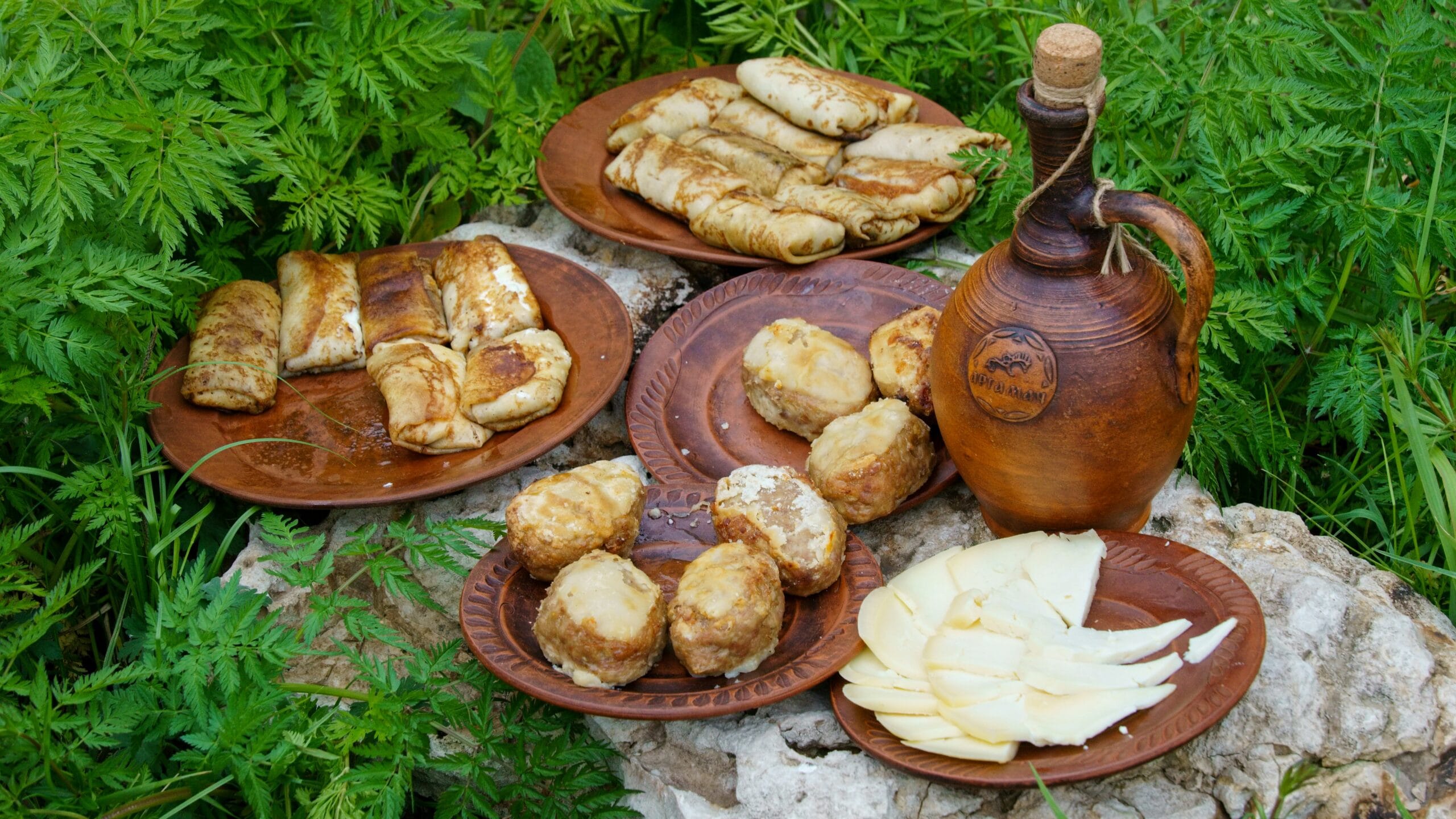
Surrounded by some of the world's richest fishing waters, the Faroe Islands have always depended on the sea for sustenance. The cold, nutrient-rich waters of the North Atlantic provide an abundance of fish species, from cod and haddock to more exotic varieties found nowhere else in such quantities.
Ræstur Fiskur, or matured fish, demonstrates the Faroese mastery of fermentation. This traditional preparation method involves allowing fresh fish to ferment in controlled conditions, developing complex flavors that intensify over time. The process requires precise timing and environmental conditions, skills that Faroese cooks have refined over centuries.
The fish used for ræstur fiskur is typically caught during peak seasons and immediately processed using traditional methods. The fermentation process not only preserves the fish but also transforms its flavor profile, creating a delicacy that is both nutritious and deeply satisfying. The result is a fish with a distinctive aroma and taste that reflects the maritime culture of the islands.
The Controversial Role of Pilot Whale Meat (Tvøst og Spik)
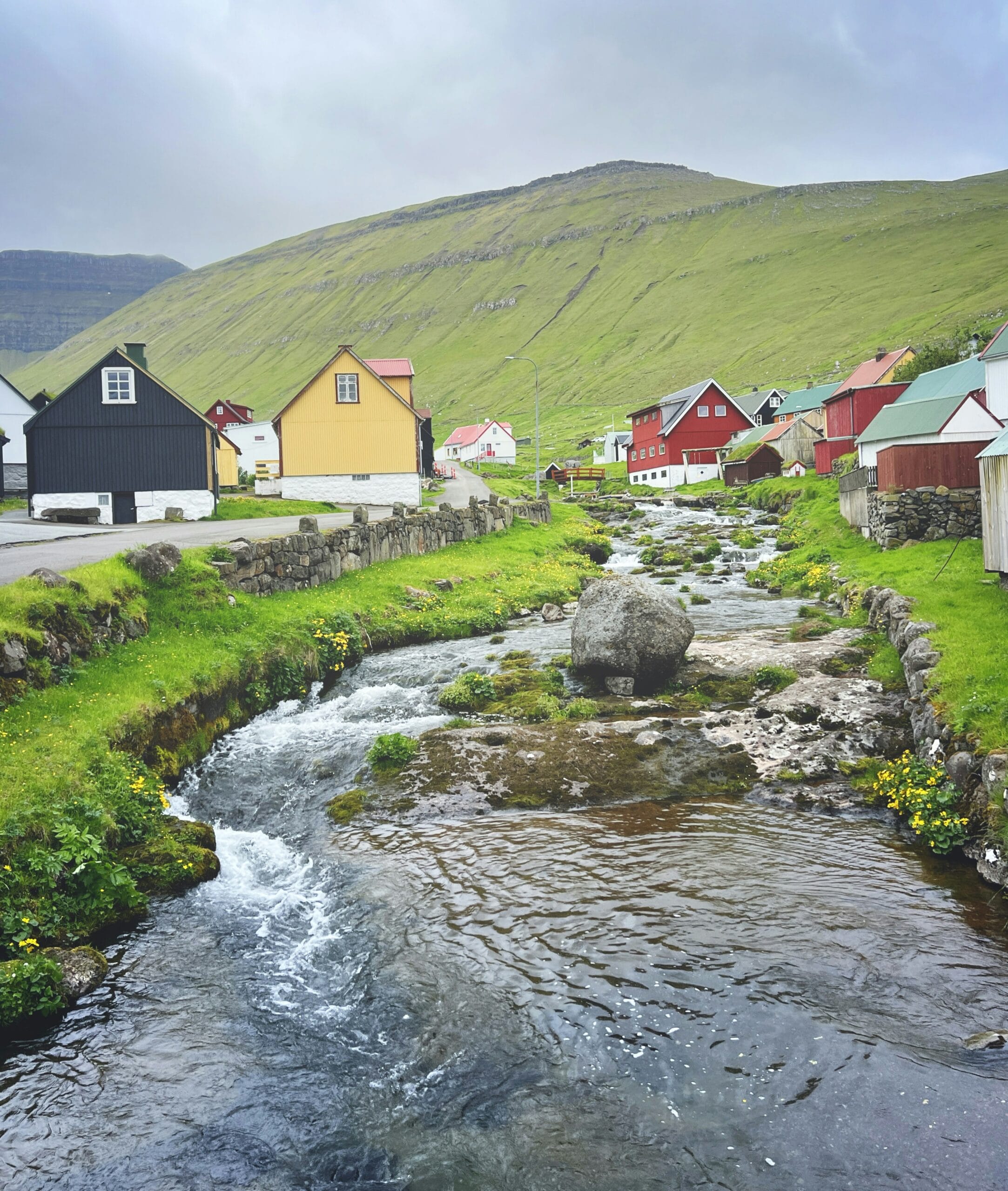
Perhaps no aspect of Faroese cuisine generates more discussion than the consumption of pilot whale meat and blubber, known locally as tvøst og spik. This tradition, deeply rooted in the islands' history, represents a complex intersection of cultural heritage, environmental necessity, and modern health concerns.
The grindadráp, or whale drive hunts, are community-based events that have sustained the Faroese people for over a millennium. These hunts are not commercial ventures but rather traditional practices where entire communities participate in the hunting, processing, and distribution of whale meat. The meat is distributed freely among community members, reinforcing social bonds and ensuring that this valuable protein source reaches all households.
However, modern science has raised important health concerns about pilot whale consumption. Due to mercury contamination in marine environments, health authorities now recommend limited consumption of whale meat, particularly for pregnant women, children, and young adults. Despite these warnings, tvøst og spik remains culturally significant and continues to be consumed by many Faroese families, though often in smaller quantities than in previous generations.
Iconic Faroese Dishes and Local Beverages
Beyond the core preserved foods, Faroese cuisine encompasses a variety of dishes that showcase the islands' unique ingredients and cooking traditions. These dishes reflect both the limitations and the abundance of the Faroese environment.
Other Must-Try Dishes

Boiled potatoes serve as the fundamental accompaniment to most Faroese meals. These simple tubers, often served with their skins on, provide the perfect canvas for the intense flavors of preserved meats and fermented fish. The potatoes are typically boiled in salted water and served hot, their mild flavor balancing the stronger tastes of traditional proteins.
The Faroese also make use of seabirds in their cuisine, particularly puffins and their eggs. Puffin hunting is a traditional practice requiring considerable skill and bravery, as hunters must navigate treacherous cliff faces to reach nesting sites. The meat of these seabirds provides a rich, slightly gamey flavor that pairs well with traditional accompaniments.
Seabird eggs, collected during nesting season, are considered a delicacy and are often prepared simply boiled or used in traditional baking. The collection of these eggs requires intimate knowledge of bird behavior and nesting patterns, skills that are passed down through generations of Faroese families.
Faroese Brews: Föroya Bjór, Okkara, and Fredrikk
The Faroe Islands' brewing tradition reflects both local innovation and the islands' connection to Nordic beer culture. Föroya Bjór stands as the flagship brewery, producing beers that incorporate local ingredients and reflect Faroese tastes. Their brews often feature subtle flavors that complement traditional foods without overwhelming the palate.
Okkara represents another important brewery, focusing on craft beer production that appeals to both locals and visitors. Their beers often experiment with local ingredients and traditional brewing techniques, creating unique flavors that reflect the islands' character.
Perhaps most intriguing is Fredrikk, a special brew from the island of Nólsoy. This small-batch beer represents the artisanal brewing tradition that exists in many Faroese communities, where local brewers create unique products that reflect their specific environment and cultural heritage.
The British Influence: Cadbury Chocolate
The British occupation of the Faroe Islands during World War II left lasting impacts on local food preferences, perhaps none more enduring than the Faroese love for British-style chocolate, particularly Cadbury products. This influence demonstrates how historical events can shape culinary traditions, creating unexpected connections between distant cultures.
Today, British chocolate remains popular in the Faroe Islands, representing a sweet reminder of a complex historical period. The preference for these specific chocolate varieties has become integrated into modern Faroese food culture, appearing in local shops and being incorporated into contemporary desserts.
Experiencing Faroese Flavors: Where to Find Traditional Food
For visitors eager to experience authentic Faroese cuisine, understanding where and how to find traditional foods is essential. The islands offer various opportunities to taste these unique flavors, from formal restaurants to community experiences.
Local Restaurants and Eateries in Tórshavn and Beyond
Tórshavn, the capital and largest city, provides the most accessible introduction to Faroese cuisine for visitors. Several restaurants in the city specialize in traditional foods, offering professionally prepared versions of classic dishes. These establishments often provide context for the dishes they serve, helping visitors understand the cultural significance of what they're eating.
Beyond Tórshavn, smaller towns and villages throughout the islands offer dining experiences that may be more intimate and traditional. Many of these establishments are family-run operations that have served their communities for generations, providing authentic experiences that reflect local cooking traditions.
For comprehensive travel planning and restaurant recommendations, visit the official Visit Faroe Islands website, which provides detailed information about dining options and cultural experiences throughout the archipelago.
Community-Based Culinary Experiences
Many traditional Faroese foods are still primarily prepared and consumed in private homes and community settings. The communal nature of food preparation and consumption remains central to Faroese culture, with families and neighbors sharing in the process of preserving and preparing traditional dishes.
Community meals during festivals and celebrations offer visitors unique opportunities to experience traditional foods in their authentic cultural context. These events provide insight into not just the food itself, but also the social and cultural practices that surround Faroese dining.
Farmers' Markets and Local Shops
Local markets and specialty food shops throughout the islands offer visitors the chance to purchase traditional ingredients and prepared foods. These venues often feature products from local producers, providing direct connections to the people who maintain traditional food production methods.
Many shops also offer guidance on how to prepare traditional dishes, making it possible for visitors to take home not just ingredients, but also the knowledge needed to recreate Faroese flavors in their own kitchens.
Deeper Dive: Cultural Significance and Modern Trends
Understanding Faroese food requires appreciation for its cultural context and its evolution in response to modern challenges and opportunities.
Food in Faroese Celebrations: Ólavsøka
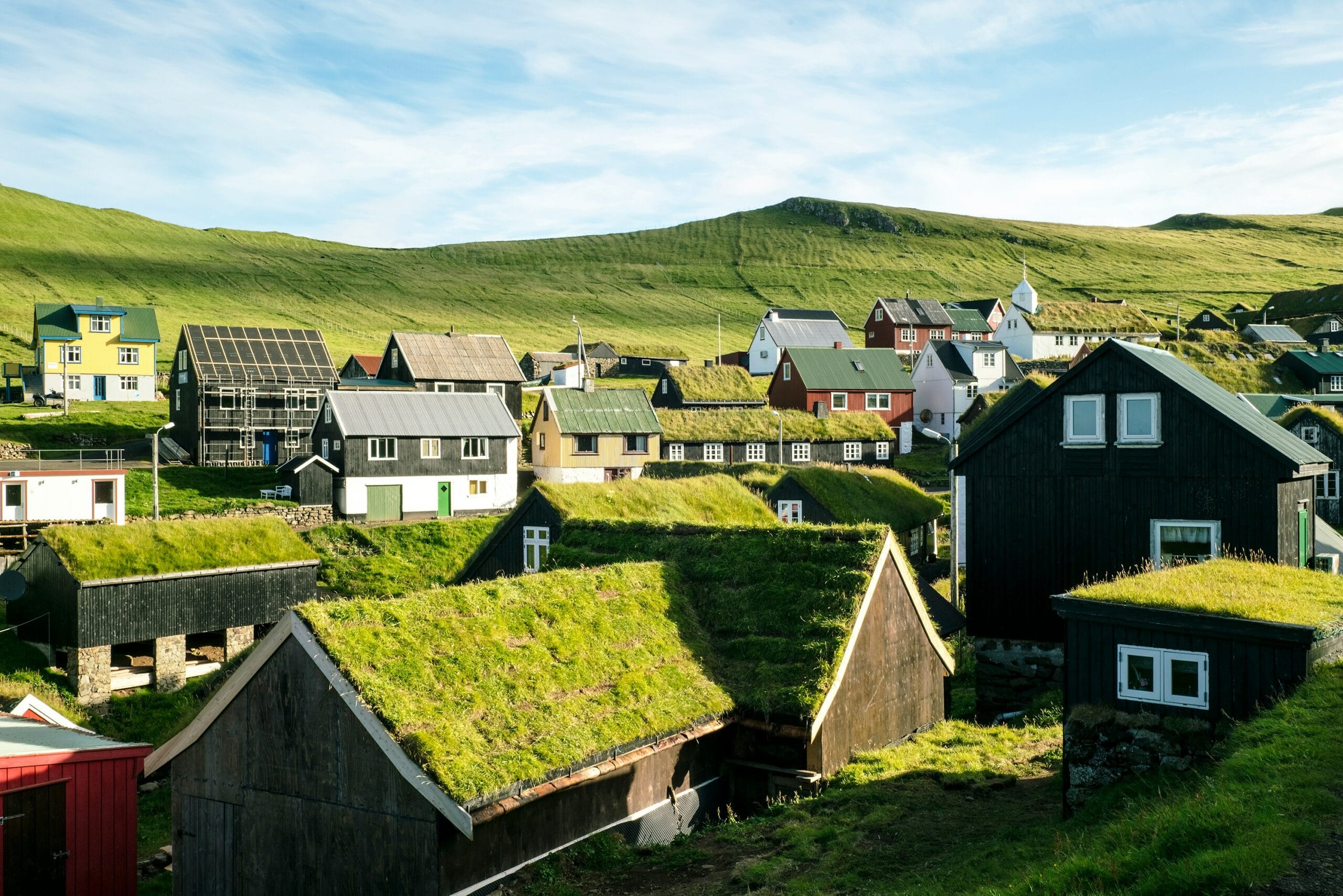
Ólavsøka, the national holiday commemorating Saint Olaf, represents the most important celebration in the Faroese calendar. During this festival, traditional foods take center stage, with families preparing special dishes that connect them to their heritage and to each other.
The festival showcases the social dimension of Faroese food culture, where meals are shared communally and food preparation becomes a form of cultural expression. Traditional dishes served during Ólavsøka often represent the finest examples of Faroese cuisine, prepared with extra care and attention to honor the occasion.
Sustainability and the Future of Faroese Food
Modern interest in sustainable food practices has brought new attention to traditional Faroese methods. The islands' focus on local ingredients, minimal processing, and traditional preservation techniques aligns remarkably well with contemporary environmental concerns.
The role of tourism in diversifying the Faroese economy has also influenced food culture, creating opportunities for traditional foods to reach new audiences while maintaining their authentic character. This balance between preservation and innovation represents a key challenge and opportunity for the future of Faroese cuisine.
Recipe Spotlight: Simplified Faroese Fish Soup
Description: A hearty and comforting fish soup inspired by the Faroe Islands' rich seafood tradition
Ingredients:
- 2 lbs fresh white fish fillets (cod or haddock), cut into chunks
- 4 medium potatoes, peeled and diced
- 2 carrots, diced
- 1 large onion, chopped
- 4 cups fish stock
- 1 cup heavy cream
- 2 bay leaves
- Salt and white pepper to taste
- Fresh dill for garnish
- Crusty bread for serving
Instructions:
- Heat a large pot over medium heat and sauté the chopped onion until translucent, about 5 minutes.
- Add the diced potatoes and carrots to the pot, stirring to combine with the onions.
- Pour in the fish stock and add bay leaves. Bring to a boil, then reduce heat and simmer for 15 minutes until vegetables are tender.
- Gently add the fish chunks to the pot, being careful not to break them apart.
- Simmer for 5-7 minutes until fish is cooked through and flakes easily.
- Stir in the heavy cream and season with salt and white pepper to taste.
- Remove bay leaves and serve hot, garnished with fresh dill and accompanied by crusty bread.

Nutritional Information (Approximate):
- Calories: 420 per serving
- Protein: 35g
- Fat: 18g
Tips & Variations:
- Substitute any firm white fish available in your area
- Add root vegetables like turnips or parsnips for extra flavor
- For a lighter version, use half-and-half instead of heavy cream
Conclusion
Traditional Faroese food represents far more than mere sustenance—it embodies a culture's relationship with its environment, its history, and its values. From the wind-dried skerpikjøt hanging in traditional hjallur to the fermented flavors of ræstur fiskur, each dish tells a story of adaptation, preservation, and community.
The unique character of Faroese cuisine lies not just in its distinctive flavors, but in its reflection of a people who have thrived in one of the world's most challenging environments. These foods connect the present to the past, maintaining traditions while adapting to contemporary needs and global awareness.
For those inspired to explore these flavors, whether through visiting the Faroe Islands or attempting to recreate these dishes at home, each bite offers a connection to centuries of culinary tradition. The islands welcome visitors eager to experience authentic flavors and to understand the cultural significance of food in Faroese society.
We encourage you to share your own experiences with Faroese cuisine and to consider how these traditional foods might inspire your own culinary adventures. As you explore the world of Faroese food, you join a tradition that spans generations and continues to evolve while honoring its roots.

